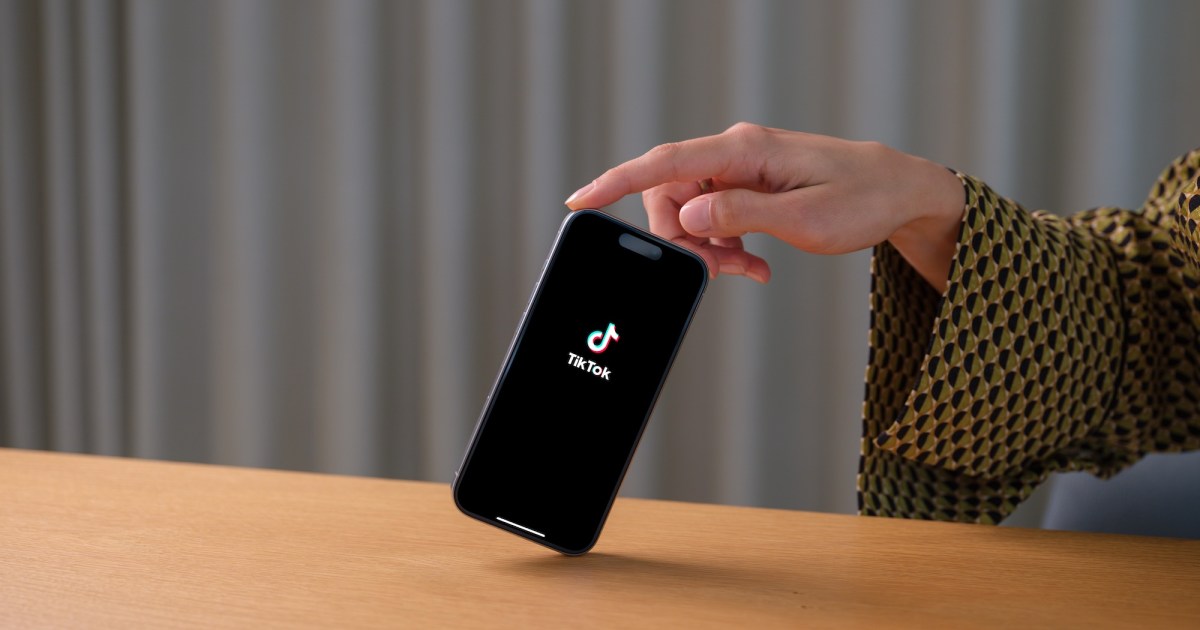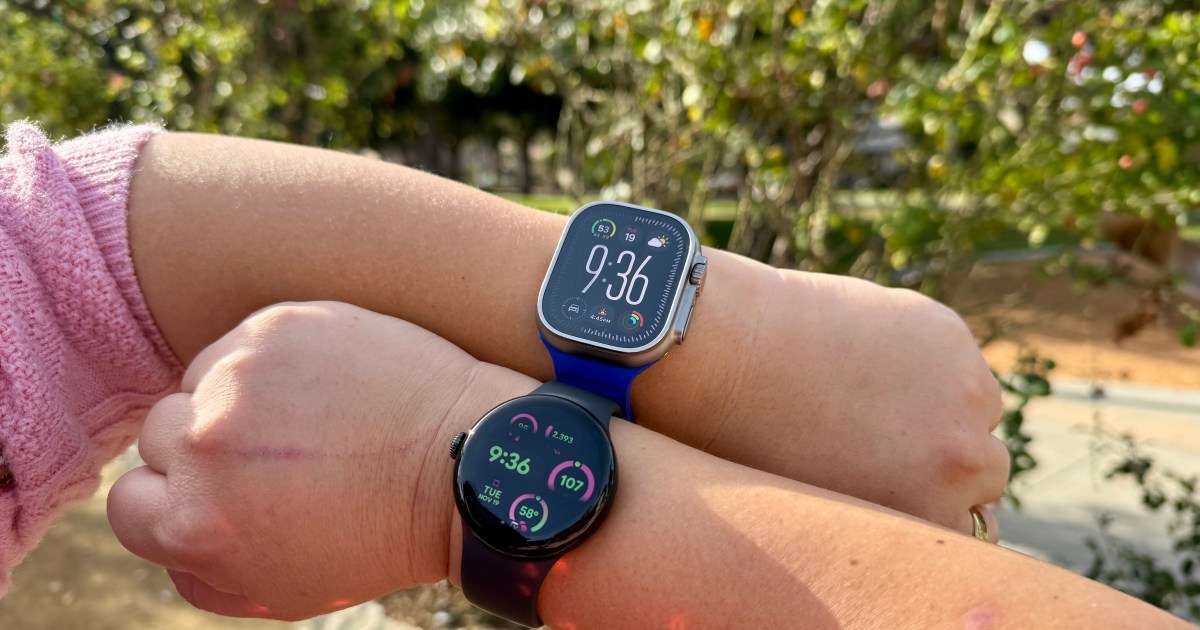With TikTok facing a potential ban in the U.S., many users are seeking alternatives. One app gaining traction is RedNote. But what is it, and is it a viable replacement? This article delves into RedNote’s features, addresses safety concerns, and examines its ownership structure.
RedNote, also known as Xiaohongshu (Little Red Book) in China, blends elements of Instagram, TikTok, and Pinterest. Like TikTok, RedNote allows users to create and share short videos on diverse topics like fashion, beauty, food, travel, and lifestyle. It also features in-depth product reviews, often incorporating videos and photos, enabling users to make informed purchasing decisions.
 RedNote app screenshots.
RedNote app screenshots.
RedNote integrates an e-commerce platform, facilitating direct purchases within the app. Furthermore, it offers social networking features such as following, liking, commenting, and sharing. Interestingly, RedNote predates TikTok, having launched in 2013.
RedNote’s Safety and Data Privacy Concerns
RedNote’s safety is a complex issue. Being Chinese-based, it raises similar concerns to TikTok regarding data handling and potential sharing with the Chinese government. Its privacy policy, written in Mandarin and not tailored for the U.S. market, adds to the ambiguity.
Unlike TikTok, which is inaccessible in China, RedNote operates globally with uniform content and accessibility. This raises questions about the Chinese government’s potential involvement in its operations and data collection practices.
Ownership and Chinese Government Influence
RedNote is owned by Xingyin Information Technology Co., Ltd., based in Shanghai. While not directly government-owned, it operates under Chinese law, granting the government significant oversight. The 2017 Chinese national security law allows the government to request user data and mandates compliance with censorship regulations. This raises concerns about potential government influence on RedNote’s policies and decisions.
Should U.S. Users Download RedNote?
Downloading RedNote involves weighing the pros and cons. Its short-form video format and emphasis on product discovery resonate with TikTok users. However, limited English language support and data privacy concerns are significant drawbacks. The potential for a U.S. ban, similar to TikTok, further complicates the decision.
Exploring Other TikTok Alternatives
Several non-Chinese apps offer similar functionalities to TikTok. Options include established platforms like Snapchat, Instagram Reels, and YouTube Shorts, along with lesser-known alternatives like Triller. While Lemon8 is another option, its ownership by ByteDance, TikTok’s parent company, raises similar concerns about a potential ban.
The Uncertain Future of TikTok in the U.S.
ByteDance has announced its intention to remove TikTok from the U.S. market to comply with U.S. law. However, the exact implementation remains unclear. Possibilities range from removing the app from app stores while allowing continued access for existing users, to a complete service shutdown.
Potential interventions could delay or amend the ban, considering TikTok’s economic and social impact. ByteDance could also explore selling TikTok to a non-Chinese entity.
The situation is further complicated by the upcoming presidential inauguration and the possibility, albeit unlikely, of intervention by the incoming administration.
While some users might consider using a VPN to access TikTok, the long-term viability of this solution is uncertain. As the situation evolves, users seeking alternatives will need to weigh the features, safety, and potential longevity of each platform.











